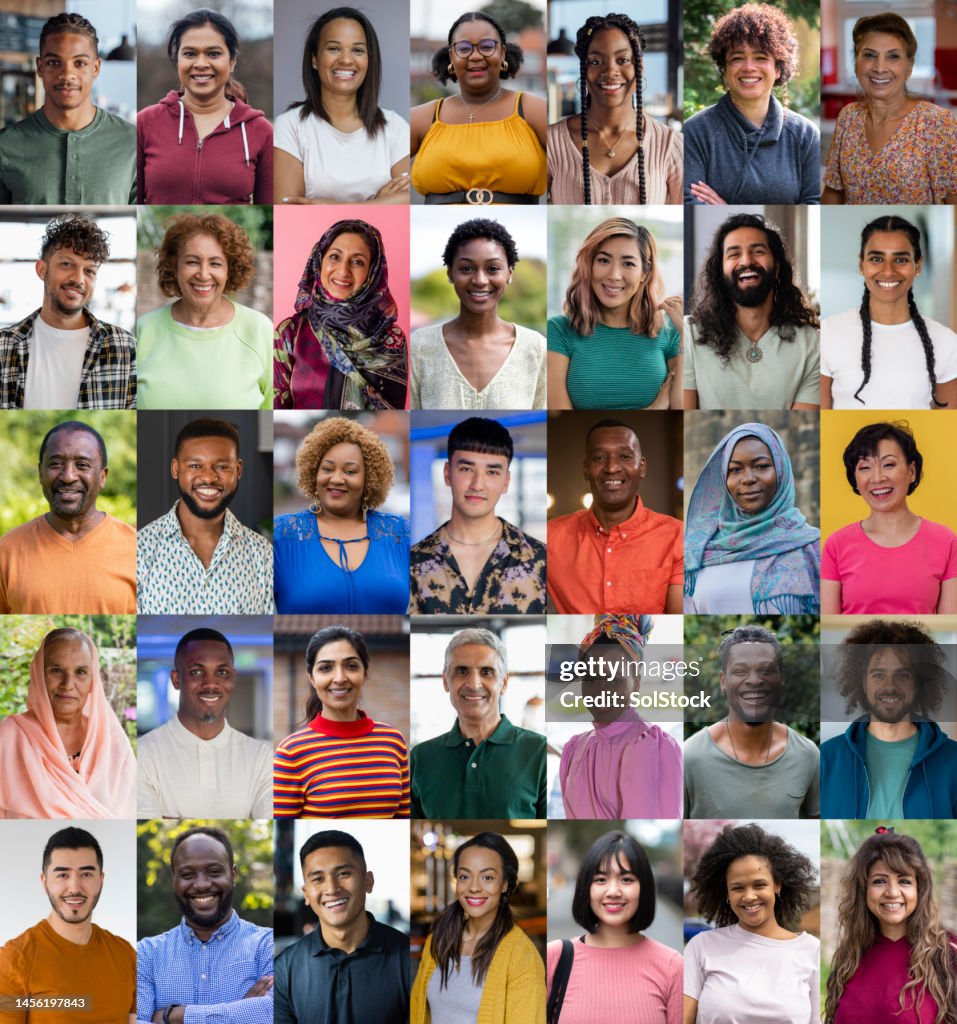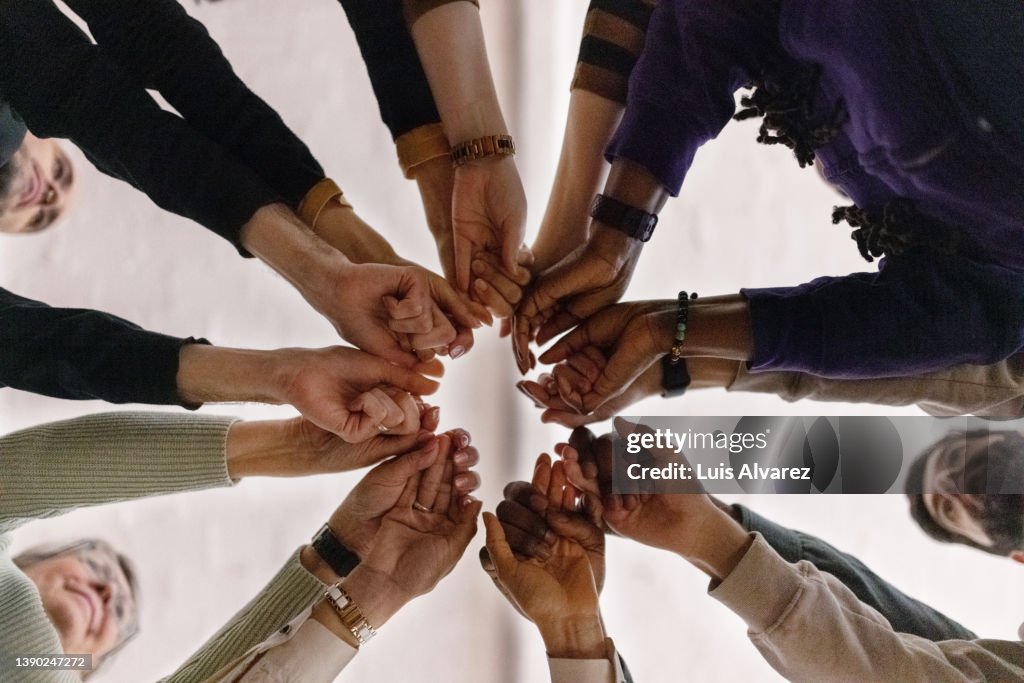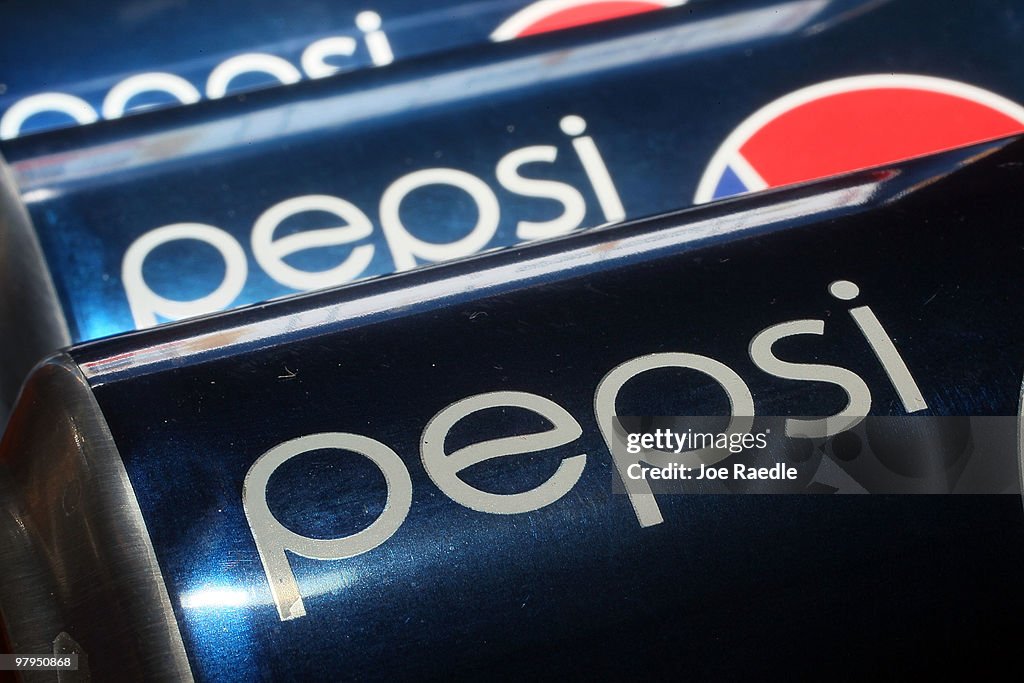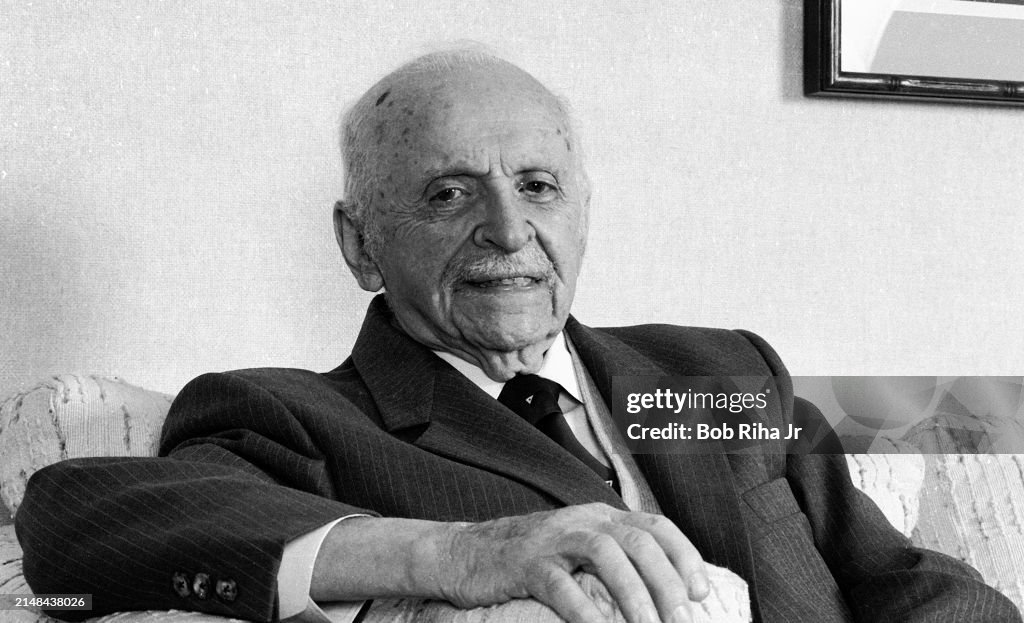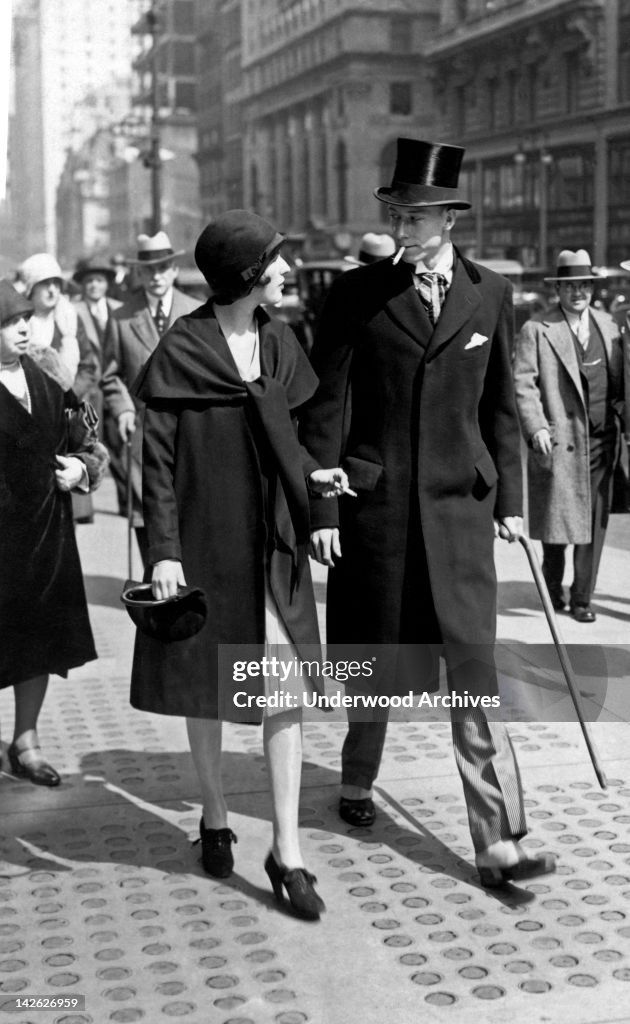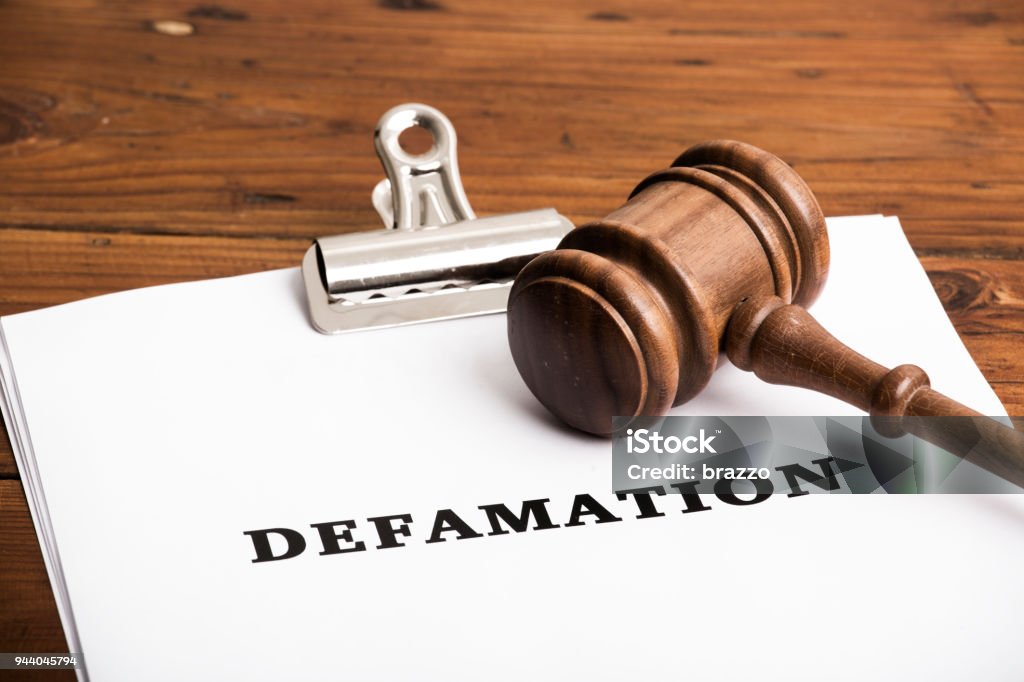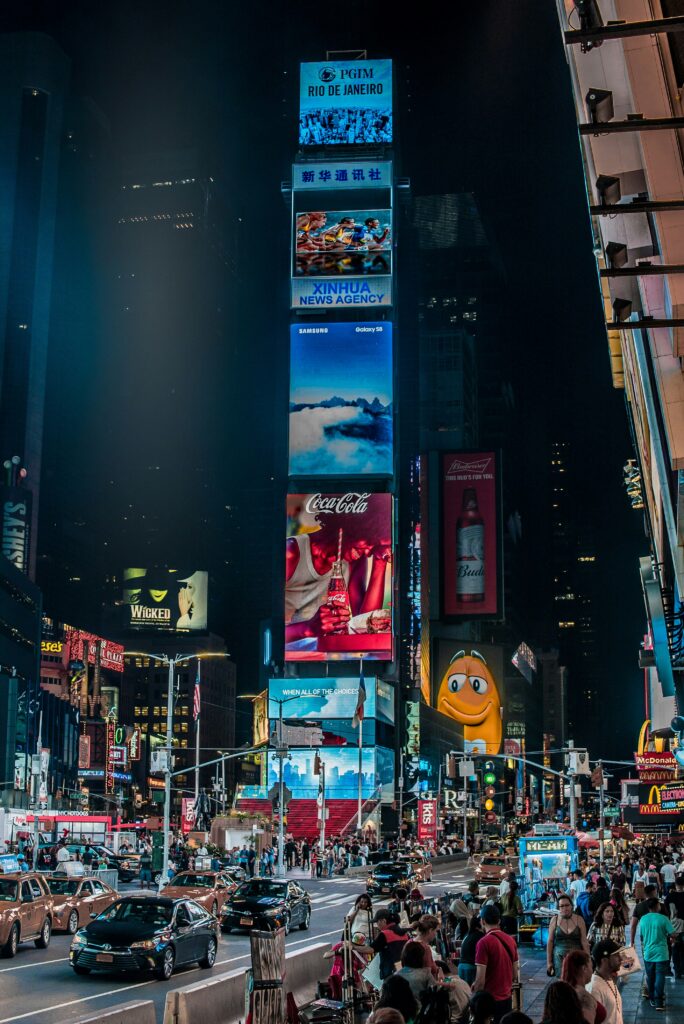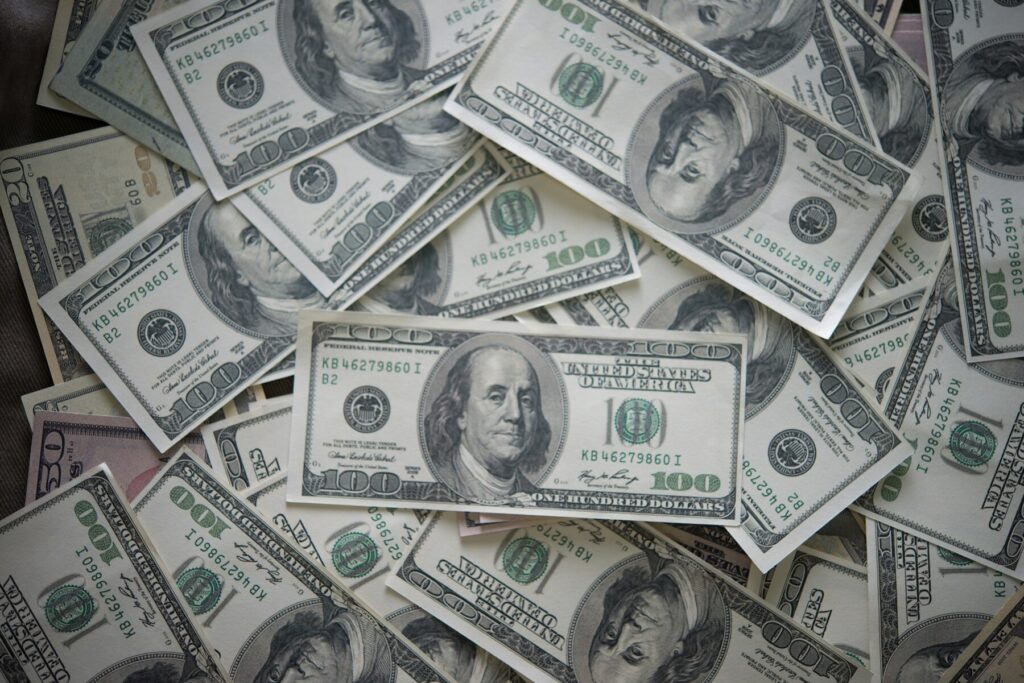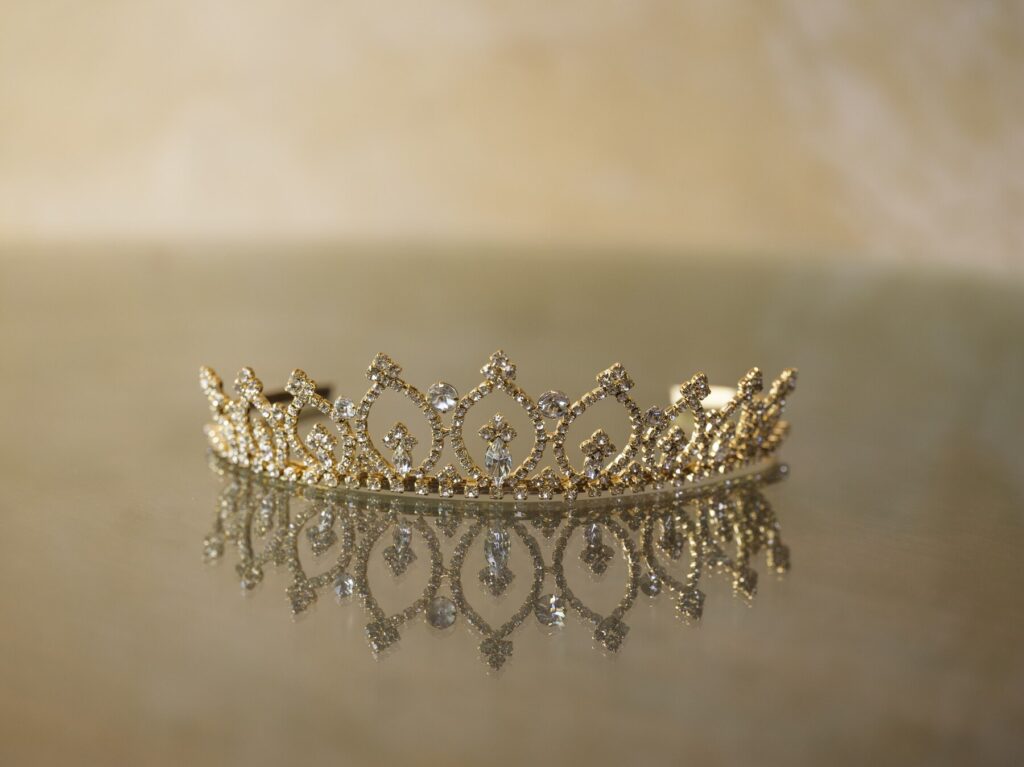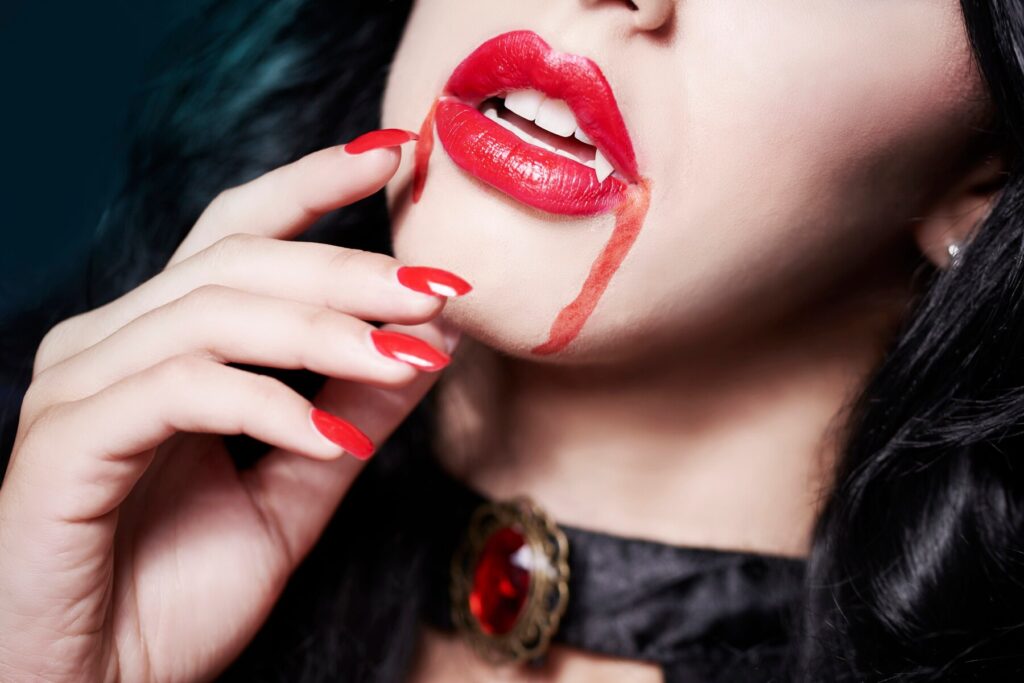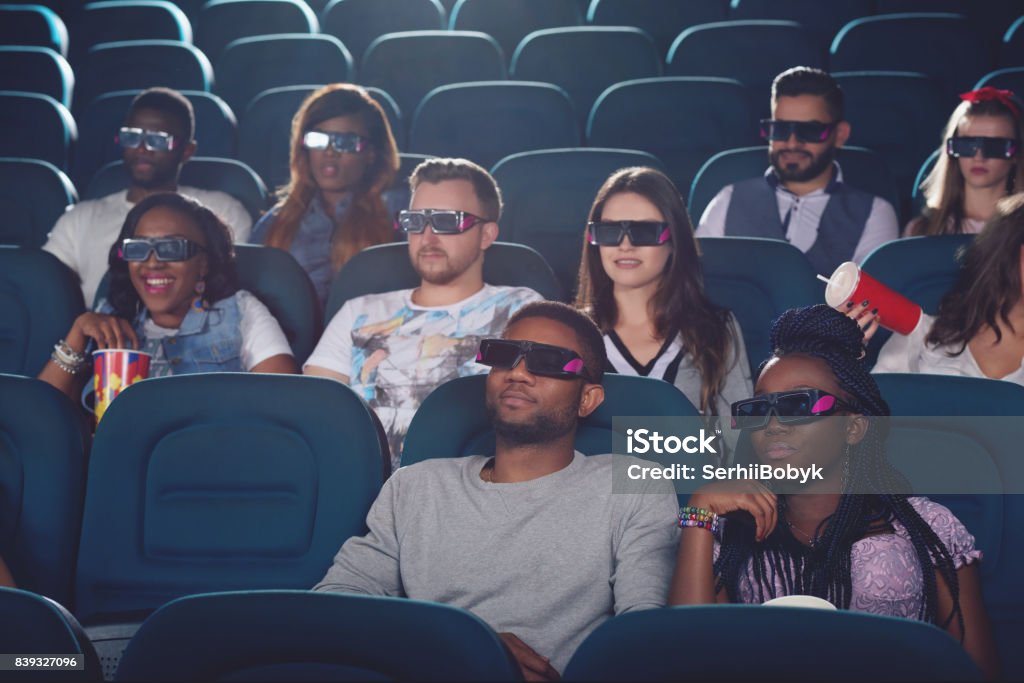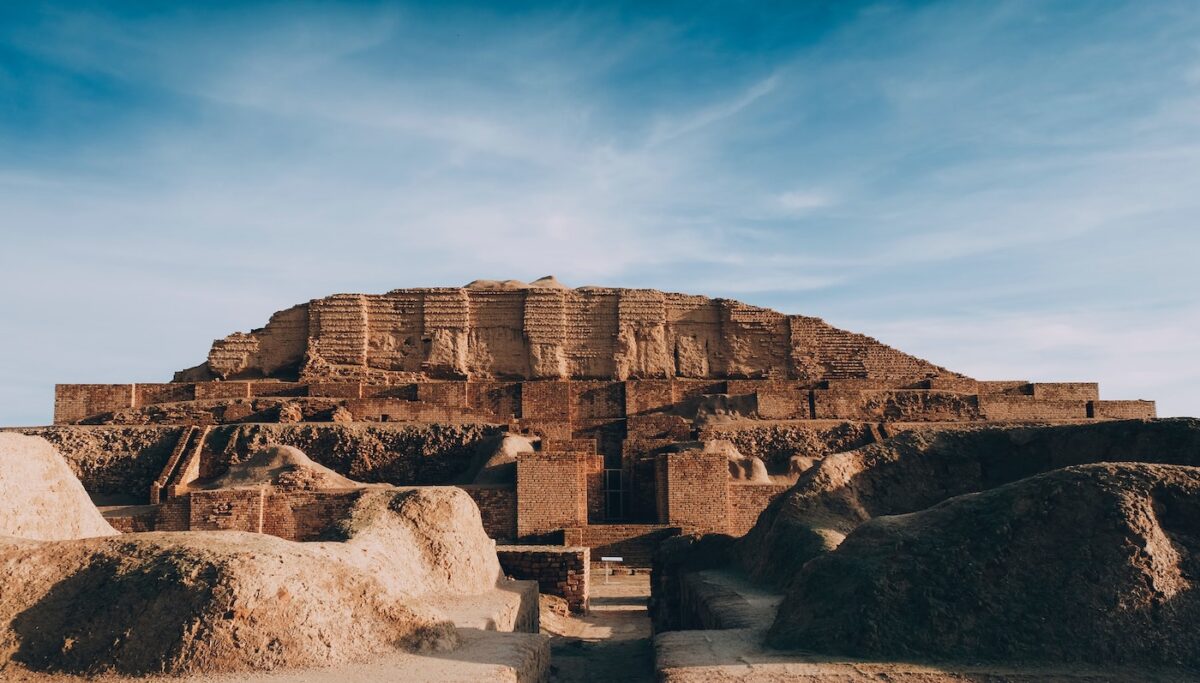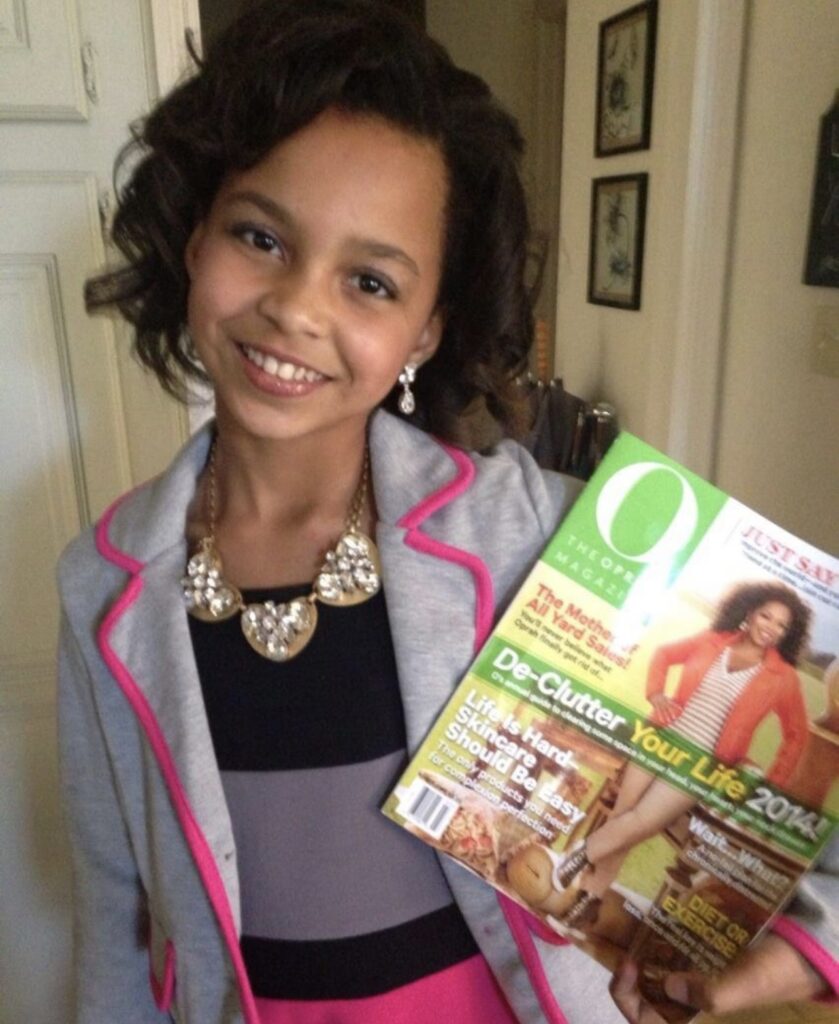In today’s fast-paced, highly digital world, PR professionals have a wide array of channels and tactics to utilize. These channels are categorized into four main types: Paid, Earned, Shared, and Owned (PESO) (Moore, 2024, “Public relations planning”). Among these, earned media stands out as the most essential for PR professionals. This type of media is defined by external recognition, where coverage is gained organically through media channels, influencers, or customer advocacy rather than through payment or internal media. One source states that, “earned media is what you know as either publicity or media relations… It’s what the PR industry is typically known for because it’s one of the few tangible things done” (Dietrich, 2021). This approach has proven its ability to significantly impact brand reputation, foster trust, and create a lasting impression.
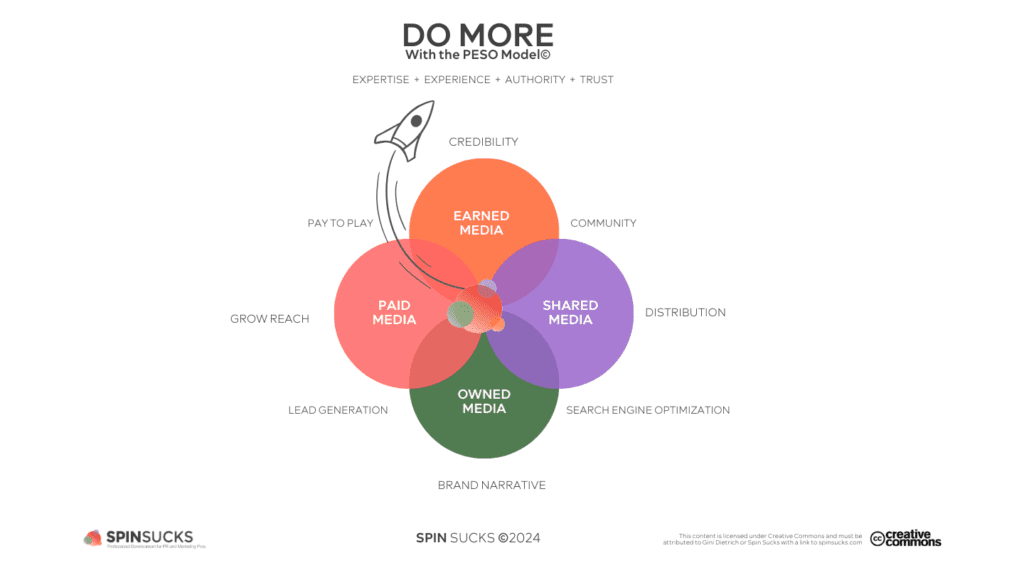
Why Earned Media is the Most Important Tactic
The core reason earned media is the most valuable tactic in the PESO model lies in its credibility. With the rise of digital literacy and the general public’s growing awareness of marketing tactics, audiences are becoming more selective about what they trust. According to focus groups conducted to assess the credibility of sources, “the greatest percentage of participants indicated… that they found the earned media story the most credible among the sources provided” (O’Neil and Eisenmann, 2019). In earned media, brands benefit by leveraging unbiased, organic endorsements rather than self-promotions.
Earned media also has a unique multiplier effect. Positive press, organic shares, or influencer endorsements create a ripple effect that amplifies brand awareness and reach without direct payment. This amplification can result in other forms of PESO integration, such as generating content that can be repurposed in shared or owned channels. An article about using the PESO model for content states, “owned media begets earned media, which increases search results, which gets you more earned media, which provides more things to share on social and the opportunity to boost content and do native advertising” (Pittman, 2021). Earned media also feeds the algorithms of social platforms, which boosts visibility and strengthens the PR campaign’s overall reach and engagement.
Ocean Spray’s Viral TikTok Success
One compelling example of effective earned media is Ocean Spray’s viral TikTok campaign featuring Nathan Apodaca, also known as “Doggface.” In 2020, Apodaca’s casual video of himself skateboarding while drinking Ocean Spray cranberry juice and lip-syncing to Fleetwood Mac’s “Dreams” unexpectedly went viral, resulting in millions of views and shares (Sarmah Hightower, 2021). The video was not part of any orchestrated paid promotion, it was an authentic moment that struck a chord with audiences, exemplifying the organic nature of earned media.
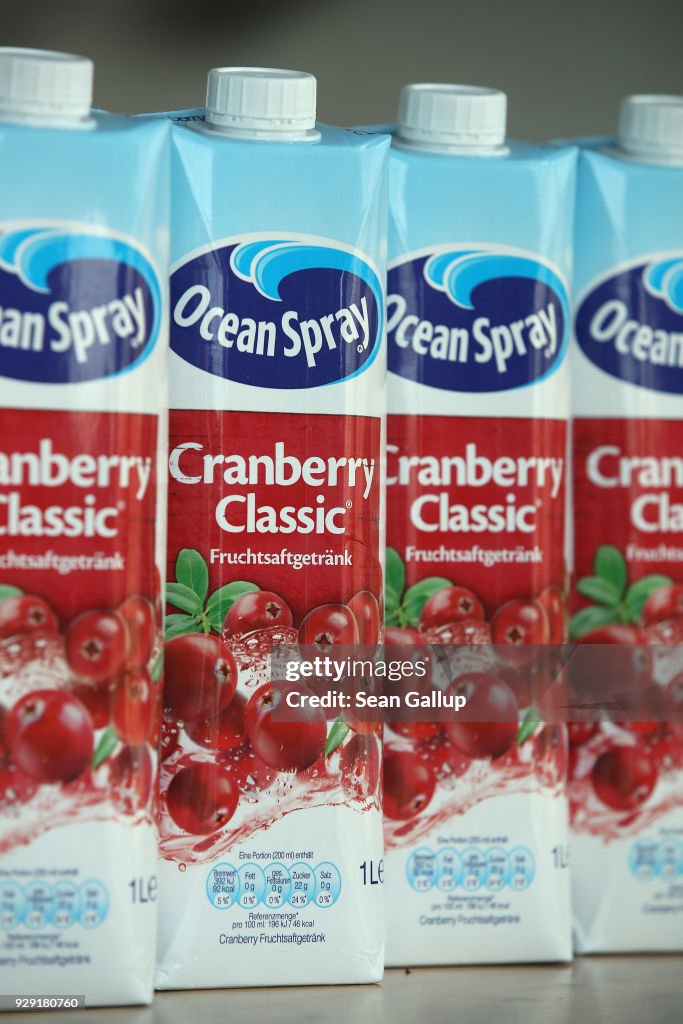
Ocean Spray quickly capitalized on the momentum by gifting Apodaca a new truck filled with their cranberry juice, “allowing him to set aside his longboard for his miles-long journey to work” (Sarmah Hightower, 2021). This action effectively transformed a moment of earned media into a comprehensive PR strategy. News outlets, influencers, and social media users around the world shared the story, increasing Ocean Spray’s visibility and brand goodwill.
Trace Rutland of Ocean Spray states, “we wanted to make sure that we were able to take advantage of the moment and be part of the moment. I think that’s the whole thing: Be part of the moment. Don’t be the moment, because that was Nathan’s moment”
(Sarmah Hightower, 2021).
Trace Rutland of Ocean Spray states, “we wanted to make sure that we were able to take advantage of the moment and be part of the moment. I think that’s the whole thing: Be part of the moment. Don’t be the moment, because that was Nathan’s moment” (Sarmah Hightower, 2021). The campaign was especially successful because it resonated with multiple demographics, from Gen Z users who popularize TikTok trends to older audiences who appreciated the classic Fleetwood Mac song. Additionally, the campaign highlighted how powerful user-generated content could be for brand engagement, reinforcing Ocean Spray’s image as a classic, fun, and timeless brand.
The Ocean Spray TikTok phenomenon showcases the undeniable power of earned media. This PR tactic achieved widespread reach without any initial investment in paid media and allowed the brand to build an authentic connection with its audience. The natural, unscripted quality of Apodaca’s video made it more relatable and engaging than any traditional advertisement could.
Conclusion
In conclusion, while each PESO channel has its advantages, earned media holds the highest potential to drive trust, authenticity, and viral reach—qualities that are particularly valuable in a skeptical and oversaturated media landscape. For PR professionals, focusing on building and leveraging earned media is not just an effective strategy but an essential one for long-term success in modern PR.
Key Words/Tags
Earned Media, PESO Model, Public Relations, Communication Tools
References
- Dietrich, G. (2021, January 6). Spin Sucks 130: A PESO Model Primer for 2021. For Immediate Release Podcast Network. https://www.firpodcastnetwork.com/spin-sucks-130-a-peso-model-primer-for-2021/
- Moore, J. (Ed.) (2024). Public relations planning. Public Relations: Principles, Origins, and Practice. Cognella Academic Publishing. https://canvas.ou.edu/courses/355766/files/110983225?module_item_id=6945944
- O’Neil, J, & Eisenmann, M. (2019, July 15). Is Earned Media More Credible than Advertising? Institute For Public Relations. https://instituteforpr.org/understanding-how-changing-media-sources-in-the-promotional-mix-inform-credibility-and-consumer-action/
- Pittman, B. (2021, August 24). 3 ways to win the content wars with PESO. PR Daily. https://www.prdaily.com/3-ways-to-win-the-content-wars-with-peso/
- Sarmah Hightower, S. (2021, June 14). Trace Rutland of Ocean Spray: How Ocean Spray Successfully Surfed the Wave of a Viral TikTok Sensation. Digital Shelf Institute. https://www.digitalshelfinstitute.org/blog/ocean-spray-viral-tiktok
